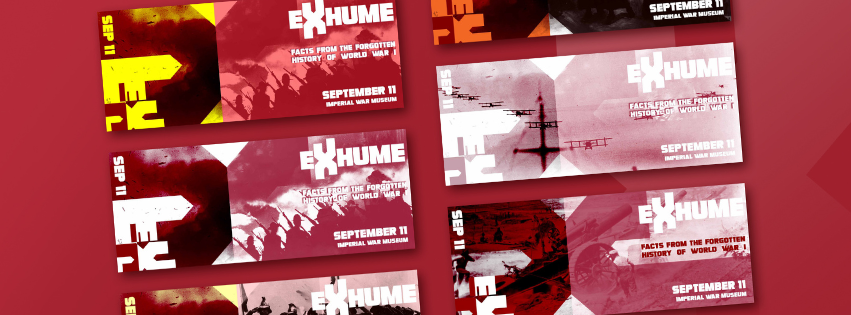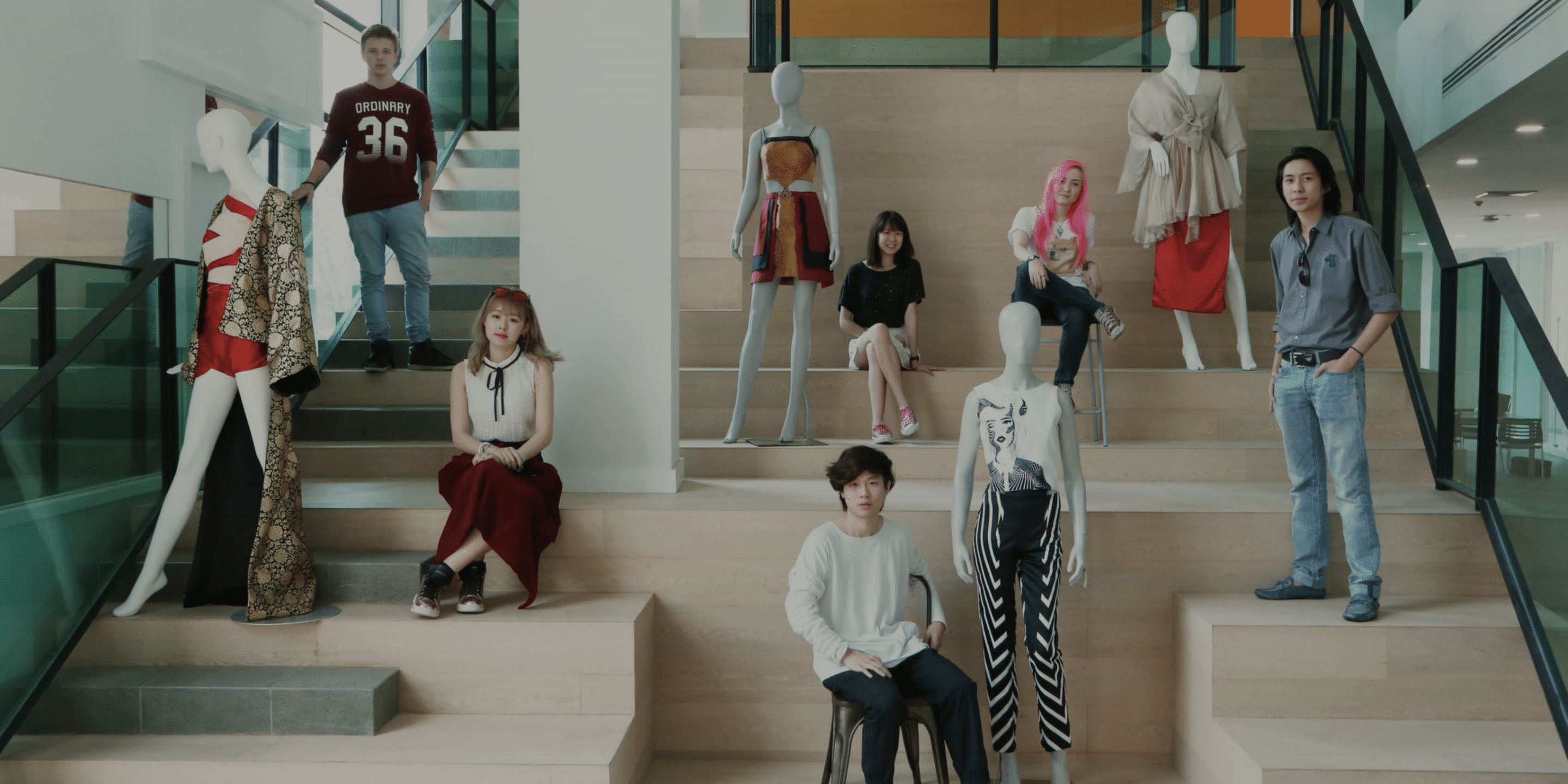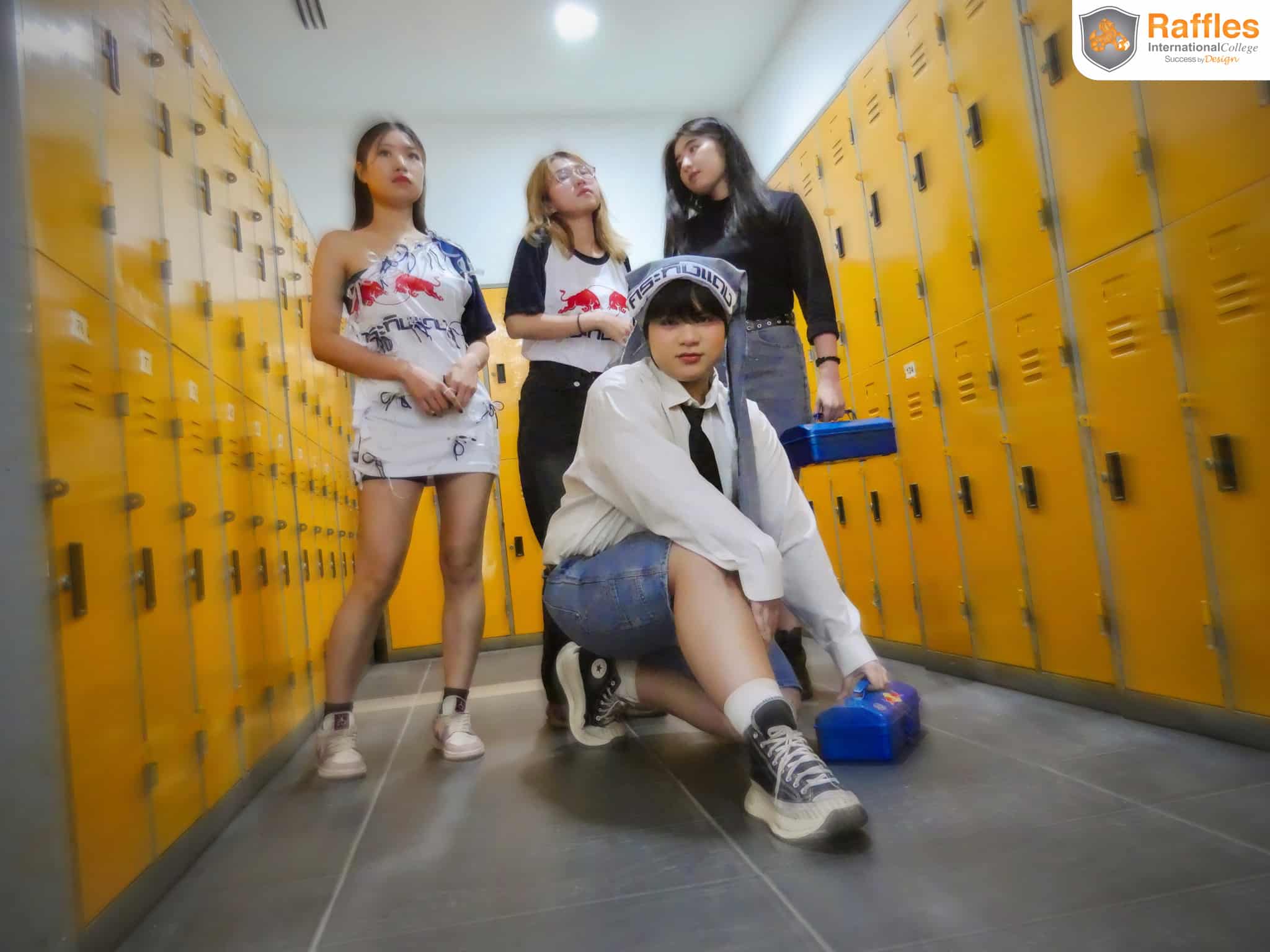
Diploma in Visual and Media Design
Duration : 6 months
courses
The module introduces students to the basic elements and principles of design, their use and applications in solving various design problems. Students will gain familiarization with the visual interactions between design elements through theoretical and practical implementation of design principles and explore various media, develop critical ability and also to demonstrate an understanding of design principles through a series of visual communication exercises.
This module aims to analyze and explore the fundamental knowledge and principles of typography. Students will be required to research on history of type and develop understanding on aesthetic, structure typeface letterforms and managing hierarchy of information in typographic context. By understanding the principles of typography, students should have the ability to improve the meaning of a message, explore various aspects of digital typography, express and communicate idea to improve the quality of design thought.
This module will introduce students to develop their conceptual skills utilize thro’ advanced vector-based / digital illustration techniques such as; gradient meshes, blends, filters, custom brushes, symbols and masks. Concentrating on digital illustration, this module encourages students to experiment through drawing skills combined with computer illustration software to produce a dynamic body of work / vector graphics to create designs that clearly communicate ideas and information within Visual Communication and commercial context.
The module aims is to provide students on the foundations of digital photography. Throughout these topics, students will be taught the importance of photography as an important visual element of communication as a medium of expression. This module will also encompass; photographic vocabulary, framing, composition, “rule of thirds”, lighting, texture, pattern, lines, depth of field, perspective, space and color. Students will be expected to demonstrate an ability to use the digital media and tools competency in their final photographic project.
The module introduces the students the importance of creativity & problem solving in visual communication. Students will learn the necessary knowledge on how to integrate creative-problem-solving methods into the design process in order to generate effective design solution. Through key topics such as “Problem Defining” and “Idea Generation”, which includes various creativity techniques, the module will help students to approach design problem from fresh perspectives with the aim of increasing the quantity of fresh ideas. The essence of the module is to provide guidance to students on the creativity process of developing thinking patterns that foster creativity.
This module aims to provide students with a range of fundamental of analytical and observational drawing techniques to develop conceptual drawing skills for visualization. The course will introduce principles of drawing technique and personal interpretations in drawing as well as examining line, tonal value, volume, spatial relationships and composition, form, texture, perspective and basic human anatomy. This will allow students to develop confidence in their visualization drawing skills as a means of visual communication.
This module will introduce the fundamental aspects of image enhancement and manipulation with the use of imaging software such as Adobe Photoshop. Students will improve their visualizing technique and produce complex digital images, exploring technical and aesthetic aspects of the image manipulation processes such as digital image creation with an emphasis on photo-illustration, and hybrid illustration techniques, image capture, compositing, retouching, stylistic treatments, shading, and simulated three-dimensional imagery aspects of the manipulation processes most widely used in the visual communication industry.
This course aims to develop skills in creating 3D models, illuminating the scene, materials, creation, texturing, effects, creating camera controls and basic rendering. Students will learn advanced computer modeling skills using Maya software system and the practical component of the course will take the student through the steps and techniques required to create realistic 3D objects.
